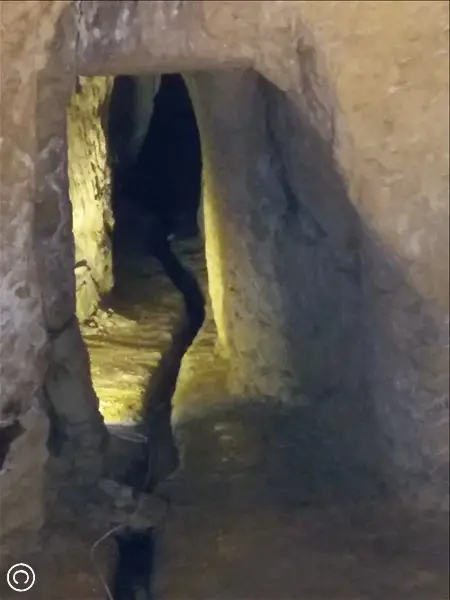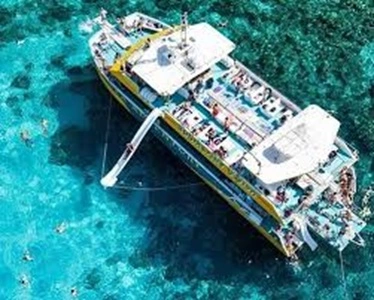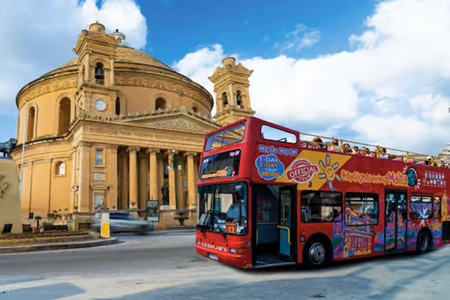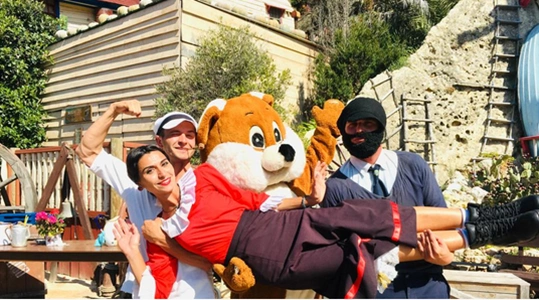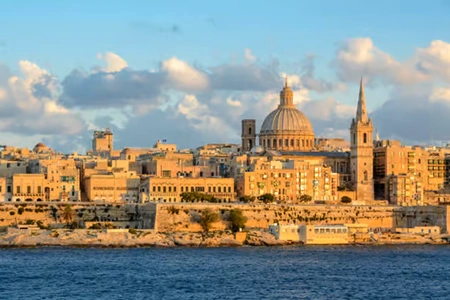Introduction to Valletta
The city of Valletta was built after the Great Siege of 1565, a monumental moment in the Maltese history, when the Ottoman Empire tried to capture the island.
A heroic fight ensued when the Knights of the Order of St John and the Maltese population decided not to capitulate, but to fight for their freedom. Against all odds, the Ottomans had to raise the siege and return to Istanbul unsuccessfully. During the siege, the area of the Three Cities was almost totally destroyed, and the Order was looking for a new location to build a new capital city. In the past, they had already looked at the peninsula Scibberas, opposite the Three Cities.
However, they decided against because it would be too expensive. After the Great Siege, the Order had no other option than to build there. On 28th March 1566, the first stone of the new city of Valletta itself was laid, of a building that would become the Our Lady of Victories Church.
Within five years, some five km of fortification walls were constructed around the peninsula, with the help of paid Maltese workers and Ottoman prisoners of war. An Italian architect, Francesco Laperelli de Cortona, designed these city walls, who was on loan to the Order by courtesy of Pope Pius V. Laparelli's.
The location was chosen on the peninsula between two harbours. The city plan of Valletta was based on the Renaissance grid plan, similar to what the Romans had used in the past. The idea was that the city would have only straight streets, so that troops could be transferred as fast as possible from one side to the other. For this reason, the streets of Valletta have no gardens and monumental staircases.
Laparelli's pupil, the Maltese military engineer and architect Girolamo Cassar, was responsible for many of the buildings which were erected within the new city's walls. There was a continuous construction in the city and many of the buildings have been labelled by history as 'sensational.
The already built Ford St. Elmo, which is situated at the far end of the peninsula, was integrated into the town.
Valletta became a fortification with many secrets to mislead the enemy and give them false illusions.
In the middle of the town one can find the richly decorated church (Baroque) St. John's Co-Cathedral and also the Grandmaster's Palace, which was one of the first buildings in Valletta.
At the beginning of the 17th century painter Michelangelo Caravaggio lived in Malta for some time. During that period he painted the Beheading of St. John the Baptist. This painting can be found in the St. John's Cathedral in Valletta.
More than 25.000 people can live in Valletta but only about 6.500 are living there nowadays.
The two main important streets of Valletta are Republic Street and Merchants Street. Both are parallel to each other and run from City Gate to St Elmo on the other side of the peninsula. Republic Street and Merchants Street are built on top of the peninsula, and are for the greater part flat, while at the end of the peninsula, these streets show a rather steep decline towards Forts St Elmo and the sea. In both streets one may find many shops, museums and churches, although each has its own character.
Republic Street is the main thoroughfare and is the largest shopping street. In Merchants Street one may find, besides many fine shops, also a good number of government departments. The city is relatively small and measures 700 m x 1 km and has 6,500 inhabitants. A large part of the city centre is pedestrianized.
Underneath Valletta there is a canal system so the enemy could be surprised during an occupation. There is also a canal for the water-supply and a canal to drain the faeces which ended in the sea. To hoist up water one let down a rope in the shaft which ended in a canal. Next to the water shaft was another hole where one could relieve oneself and that would end up in the canal of faeces.
Address and street / location can be found on our map, click on Guide in the menu bar and you will get a map with markers. |
Additional information
Photos below: Under Valletta
